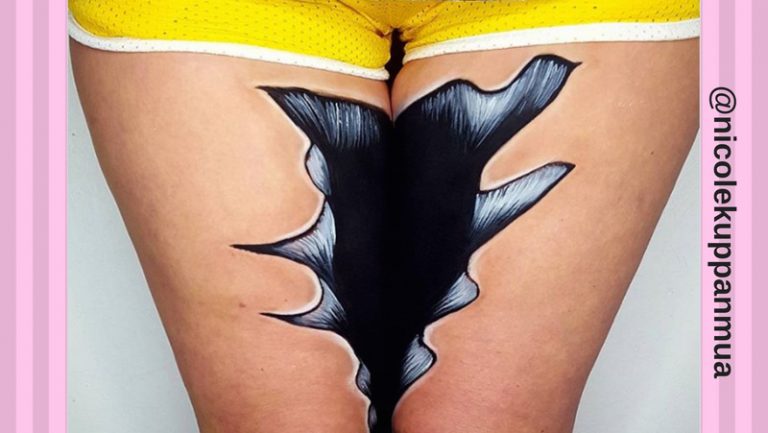Colourism: Let’s talk about skin tone prejudice
Fumble writer Lani McGuinness offers a guide to the complex issue of colourism
Colourism is a word that describes prejudice against people with a darker skin tone. Typically it manifests as lighter skin tones being deemed more desirable than darker skin tones.
It’s a complicated issue because, much like racism, colourism can be a stealthy and hard-to-spot behaviour. Big ideas of power and prejudice that people connect with lighter skin tones are ingrained in the ways we think – on a global level – and rarely questioned.
Where does colourism come from?
The roots of colourism around the world are extremely complex and hard to understand.
In some communities it’s thought to be a relic from the slavery era, where enslaved people who were light-skinned received preferential treatment from slave masters.
In other communities, it’s thought darker skin tones were historically associated with peasants who worked outside in the sun, while the wealthier, ruling classes had fair skin.
How much of a problem is colourism?
Like racism and misogyny, colourism is often internalised, and can seem like a natural part of people’s preferences and decisions.
Matthew Knowles – father of Solange and Beyoncé – gave an interview in Ebony magazine where he discussed his experiences with colourism. In the piece, he talks about growing up with the message that Black women were undesirable, which conditioned him to only date white or light-skinned Black women. He said this was common among Black men his age. Knowles also drew links to the music industry, saying his daughters may not have had the success they have enjoyed if they were dark-skinned. And X Factor winner Alexandra Burke has spoken out about how people in the music industry had told her to bleach her skin in order to succeed.
Art reflects life
It’s not hard to find examples of colourism in the entertainment industry, but it’s also important to remember that art can both construct – and reflect – dominant attitudes in society. A 2011 study in the North Carolina justice system found that Black women who had lighter skin received more lenient sentences and served less time behind bars than women with darker skin tones. Another study suggested that light-skinned or white-passing Latinxs in the US earn an average of $5,000 dollars more than darker-skinned Latinxs.
Colourism is personal
Personal accounts of the damaging effects of colourism on dark-skinned people are easy to find online. In an article on Al Jazeera, anti-colourism advocate Muna Beatty describes the constant prejudice she faced growing up dark-skinned in India. From jokes from her own family members about how dark her skin was, to desperate “home-remedies” meant to lighten her skin, Muna shows how colourism gave her deep insecurities and the feeling that she didn’t matter as a person just because of the shade of her skin.
The struggles of dating and using dating apps while having dark skin have also been well-documented. Anyone who watched Samira’s struggle on Love Island 2018 might recognise some of the issues people with dark skin tones face when trying to find love. The men on the show were always quick to define their ‘type’ – which typically turned out to be “blonde with blue eyes”.
How can we fight colourism?
Our brains have been sculpted by history and society. Undesirable behaviours such as sexism, colourism and racism often manifest in unconscious ways. That’s why confronting colourism is the only way to tackle it. For far too long the unspoken link between fair skin and goodness/beauty has been accepted as fact – so we need to recognise colourism and racism when they happen, and question our own attitudes, behaviours and words.
Other support
- White privilege: Calling in and calling out your people
- What is intersectionality?
- YoungMinds – Racism and mental heath
Read more
Last reviewed 19 July 2023
Image credit: Pexels via Pixabay







